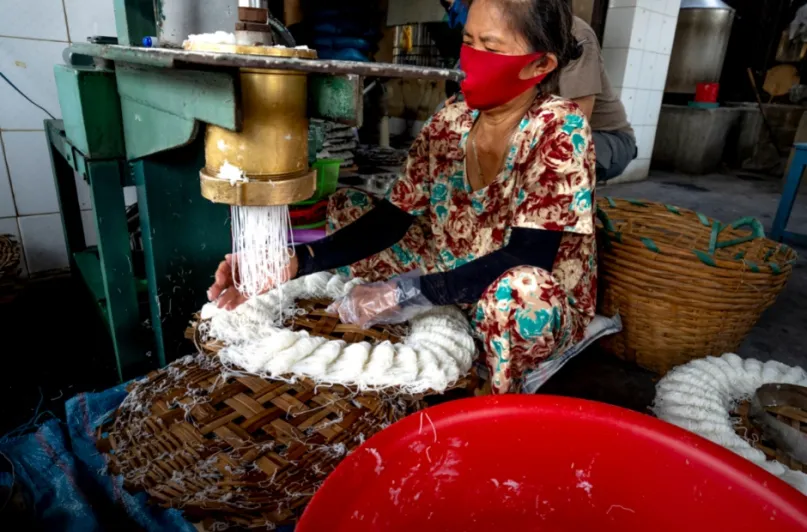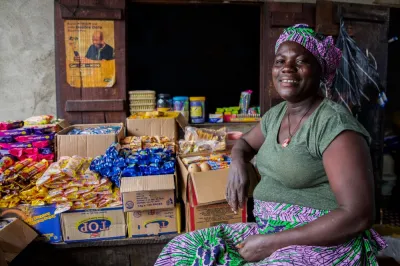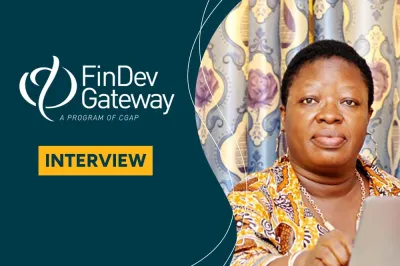Social Investors’ Message on Client Protection: “Financial Service Providers Don’t Have to Do It Alone”

Last week, CERISE and SPTF launched the Client Protection Pathway, a new initiative to support financial service providers (FSPs) to implement client protection. These companies wanted a way to identify FSPs who are committed to client protection and to support them to implement the Client Protection Standards.
I asked a few members of SPTF’s Social Investor Working Group to share why they are supporting their partners to join the Client Protection Pathway. Their top three reasons align with the three steps of the pathway and point to the importance of FSPs getting support for the hard work that client protection requires.
1. Funders want to identify the truly committed providers.
The first step in the Client Protection Pathway is “Commit to implement client protection.” To take this step, an FSP agrees to implement the Client Protection Standards and creates an online profile that includes a list of their client protection assessments and achievements to date. FSPs that take this step are then posted on our website. We expect this list to become the industry’s main way of distinguishing the FSPs that are truly committed to client protection.
To this point, Emmanuelle Javoy of Symbiotics said: “When we first envisioned a new Client Protection initiative, the members of the SPTF Social Investor Working Group were very clear on this—they wanted an easy way to view the client protection progress of their partners and potential partners. They wanted something more than an empty endorsement. This list of committed FSPs will show us which institutions have signed the commitment to implement and what they have done so far.
2. Funders want their partners connected to a global network for support.
The second step in the Client Protection Pathway is “Assess and improve practices.” In this phase of their client protection journey, an FSP evaluates their current practices, creates an action plan for building on their existing good practices and then gradually makes improvements over time. This is the step where CERISE and SPTF can really support FSPs with our how-to guides, trainings, a pool of technical assistance experts, funding facilities and more.
Edouard Sers of Grameen Crédit Agricole expressed enthusiasm over getting his FSP partners connected to these resources. “When the Smart Campaign closed late last year, I was concerned that the industry’s wealth of knowledge about client protection would slowly fade away. I’m relieved that what Smart started, CERISE and SPTF are picking up and running with. I want GCA’s FSPs as connected as possible to the latest standards and resources for client protection because I want them to keep learning, iterating and improving their performance.”
3. Funders are invested in the longevity and soundness of the industry.
The final step in the Client Protection Pathway is “Demonstrate progress and achievements.” Here, we’re primarily referring to achieving Client Protection Certification. Last year, we surveyed dozens of FSPs and investors to find out what they need from a Certification program. Based on those results, SPTF and CERISE collaborated with several rating agencies to rework certification so that FSPs have more options, including a tiered approach to awarding certification. FSPs can now reach a bronze, silver or gold level of achievement. We are excited about these options because we think all progress contributes to creating safer conditions for clients and a sounder financial market.
Frank Streppel of Triodos IM pointed out that, ultimately, this is also one of funders’ top priorities: “In each of our lending covenants, we have requirements around client protection performance. We have high expectations for each of our investees. But as much as each provider is responsible for its own practices, we recognize that it’s only through collective action that we can ensure a stable industry. Over a dozen funding organizations have signed a joint statement calling on financial service providers to join the Client Protection Pathway. As a group, we want to encourage as many FSPs as possible to prioritize client protection.”
***
These three social investors - and the entire SPTF Social Investor Working Group - agree that client protection is a top priority for the financial inclusion sector and recognize that FSPs need support and an industry-wide effort to make real progress.


